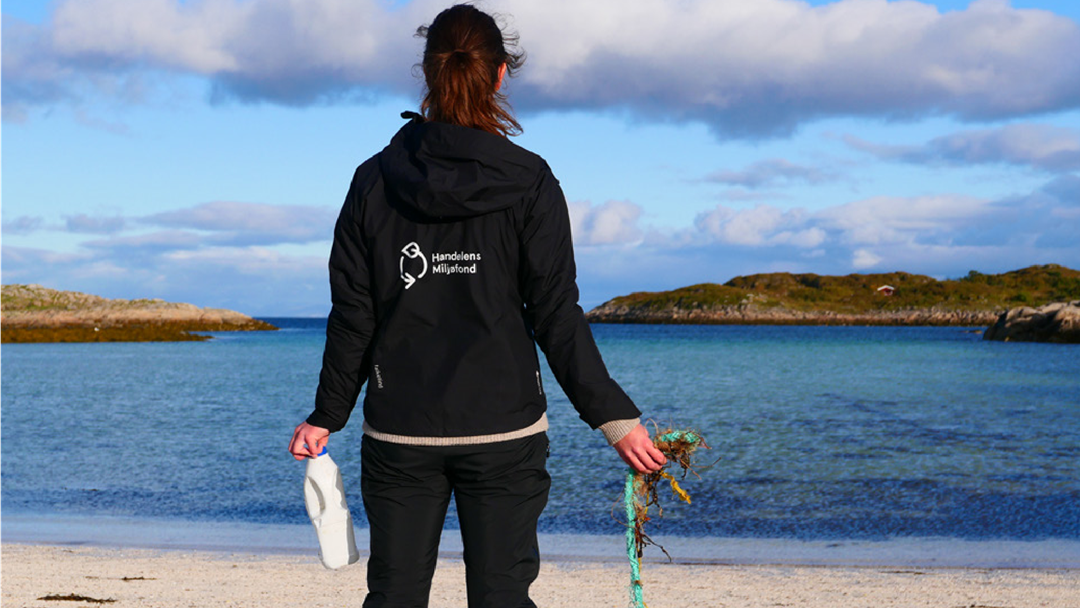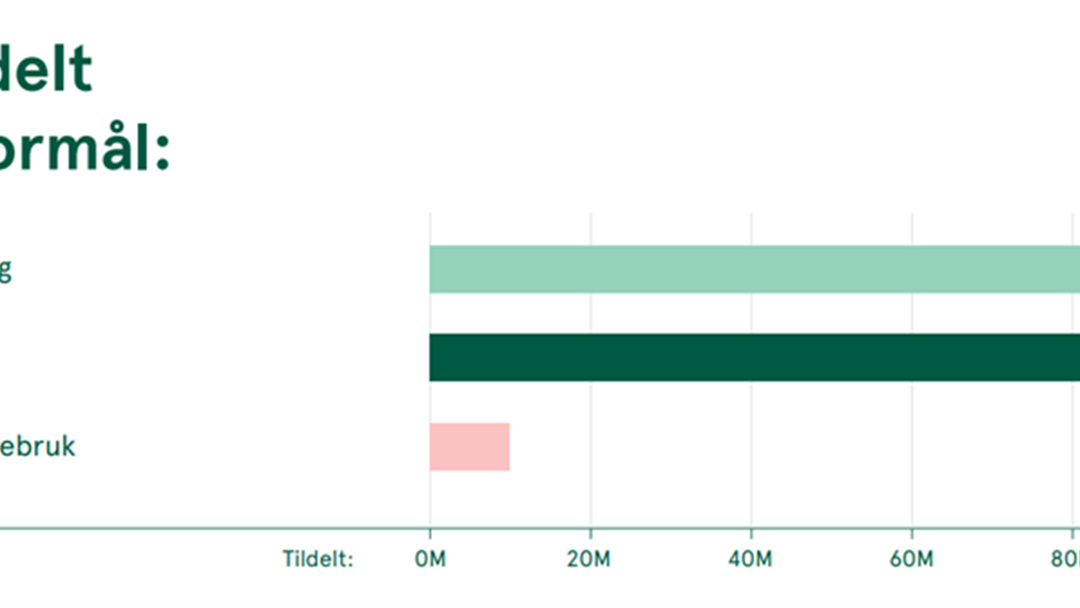Norway's largest private environmental fund
Have you ever wondered what is behind plastic bags cost? Every time you purchase a plastic bag at a shop, half a kroner (50 øre) become allocated to the Norwegian Retailers’ Environmental Fund (Handelens Miljøfond). Even though half a kroner does not seem to be a big deal, the aggregation of all halves adds up to the largest private environmental fund in Norway.

Long story short
In 2015, the European Union introduced an amendment to the packaging and packaging waste legislation (Directive 94/62/EC) to solve a well-known problem: the lightweight plastic carrier bags waste. The new regulation (Directive 2015/720) established that the Member States had two alternatives. The first one was the adoption of measures ensuring that the consumption level by 2019 will not exceed 90 plastic carrier bags per person, and 40 plastic carrier bags by 2025, or the adoption of instruments ensuring that plastic carrier bags are not provided free of charge.
After some debates between the authorities and the citizenship, that included the dimension of the problem in Norway and the final use of most of the bags as residential waste containers, the alternative proposed by Miljødirektoratet was to create an environmental tax on plastic bags. The new tax applied to the producers, which was forwarded directly to the consumers, and the source of income will go to the government and hold in a new environmental fund.
How many plastic carrier bags are consumed in Norway every year?
To take dimension on the scale of Handelens Miljøfond, we proposed to take it half-a-kroner at the time, analysing the number of bags that each citizen uses on average every year. The Directive's first alternative had a mid-term goal set in 90 plastic bags per person by 2019. How far is Norway from that indicator?
According to some rough estimations provided by Miljødirektoratet in the moment of the tax implementation, the number of bags sold in 2012 was around 900 million bags per year. On average, it was 180 bags per person in a year. An overview of Handelens Miljøfond estimates that during 2020 the total amount of bags used in Norway was 782 million, which results in an estimation of 145 per person in a year.
Which is the destination of the funds?
Handelens Miljøfond was founded in November 2017 and became the private largest environmental fund in Norway. Its members trade over 85 per cent of the total number of plastic carrier bags in Norway. This includes around 70 chains and 12 000 points. The funds raised are reserved for environmental measures related to one or more of the three main purposes: reducing plastic litter, increasing plastic recycling, or reducing the consumption of plastic carrier bags.

The Annual report 2020, records that more than 100 MNOK were assigned to projects related to reducing plastic waste, more than 80 MNOK to projects to increase recycling and reuse of plastics, and around 10 MNOK to help people use fewer plastic carrier bags. Some examples of the supported projects include awareness campaigns, clean-up programmes, recycling initiatives, new designs and reusable packaging, new plastic-free materials, and research on the circular economy. To get an overview on how to present your plastic action initiative or take a closer look at the awarded projects, visit the Fund's official website.
Results are already at plain sight. From the campaigns to reduce litter, 1 200 tonnes of waste were collected translating into 934 cleared kilometres of coastline. The achievements made by this initiative contribute to at least four of the UN Sustainable Goals: sustainable cities and communities (goal 11), responsible consumption and production (goal 12), underwater life (goal 14), and life on land (goal 15).
Steps forward
The environmental tax applied to lightweight plastic carrier bags is a clear example of an instrument to raise awareness on citizenship and compensate for the environmental cost of the product. The activities carried out by Handelens Miljøfond are an effort to deal with the plastic challenge from different angles: by decreasing the use of plastics, promoting reuse and recycling, avoiding leakages and collecting the existing plastic in the environment.
These numbers are still far away from the goals proposed by the EU, which means that there is still a lot of room for improvement, and all the stakeholders are responsible for taking action. For example, the plastic industry and retailers could offer alternative carriers. Public institutions should set strategic goals and policies to regulate the situation. Above all, individual engagement of all the citizens is fundamental while choosing cleaner practices to reduce the personal consumption of plastic carrier bags. A bag that is not requested does not need to be reused, recycled or collected from nature.
References
Directive (EU) 2015/720 of the European Parliament and of the Council of 29 April 2015 amending Directive 94/62/EC as regards reducing the consumption of lightweight plastic carrier bags. EUR-Lex - 32015L0720 - EN - EUR-Lex (europa.eu)
Handelens Miljøfond. Annual report 2020. HMF_årsrapport_2020_final.pdf (dl8y9d78cbd9m.cloudfront.net)
Miljødirektoratet. Overordnede virkemidler for gjennomføring av EUs direktiv om plastbæreposer. Vår ref. 2015/4574 (25.09.2015) 327958.DOC (miljodirektoratet.no)
Text and pictures provided by our partners at Deloitte: Anders Magnus Løken, Contact: aloken@deloitte.no
